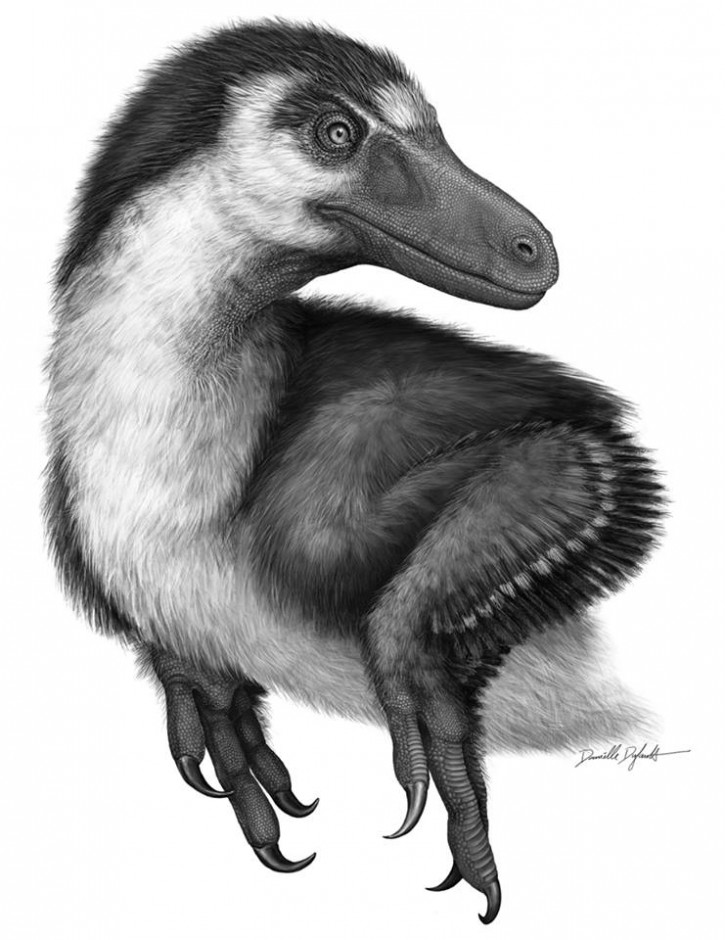Dinosaur skeletons are a thing of pure beauty. Being able to see and touch something that has been dead for millions of years instills a sense of wonder; what did they look like, how did they behave, were they like anything we see today? Palaeontology is a science that raises more questions than it answers, but these questions are the ones that drive the science, but also maintain that sense of fascination that no other scientific field can lay claim to.
Every now and then, we are blessed with a true jewel. Many can lay claims to the discovery of a dinosaur bone, even fewer to that of a whole skeleton. Celebrity status is achieved when one finds something that truly stands out, a dinosaur preserved in immortality with flesh, and these are the rarest of all.

